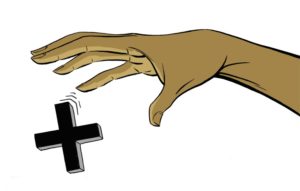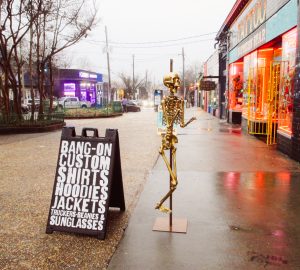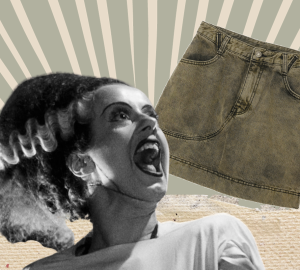
by Maggie Bass
Model Stefania Ferrario revealed on her Instagram page in February that if you are above a U.S. size four, you are considered plus-size in the fashion industry. Even though I am not plus-size, that concept doesn’t seem right to me. The current average size for a woman in the United States is 14, but with 67 percent of U.S. women between the sizes of 14-34, that leaves a lot of women considered plus-sized. But if a majority of women are plus-sized, shouldn’t it be considered regular clothing at that point?
By segregating women and models in this way, the industry is pitting women against each other instead of inspiring self-confidence in them. Isaac Mizrahi spoke out on the issue, stating, “I don’t like segregation, I like incorporation, I like integration. If you’re going to do clothes, you need to do them in a whole size range.” What is the point of designing clothes if you’re only catering to a small percent of the population? Plus-sized women are just that, they are women. By placing them on this platform you are telling them that they are different than “normal” women. The fashion industry’s standard has become society’s standard, where we perceive that a size four is normal and that anyone larger than that is abnormal. When I go shopping, I don’t look for a certain section that only provides a handful of selections; I just look at clothes. The fact that a woman who wears the average size in this country has to seek out clothing to fit her only to find a fraction of the options smaller women have does not seem fair to me.
The majority of clothes for plus-sized women are sold exclusively online, making it difficult for these women to buy something tailored to them.. Not to mention that this kind of marketing and retail means that in order for a woman who wears an average size to buy clothes, she now has to spend more than a model-thin woman due to shipping and handling costs. Also, if she does not have access to a computer with reliable Internet, she would have a harder time dressing herself with the limited shopping opportunities. Considering that last year women earned on average $0.78 to every $1 earned by men and that most women are considered plus-sized, shopping as a plus-sized woman just isn’t practical nor always economically possible. Overall, most women in the U.S. are unable to purchase trendy clothes that fit them properly on a regular basis, which has a huge impact on a woman’s self-esteem.
I don’t see why women’s fashion should be limited to a certain percentage of women; fashion should be for everyone. Everyone deserves to have the opportunity to wear clothes that make them feel good about themselves. I think that it’s time for the fashion industry to #droptheplus and start designing clothes for people of all body types.






















